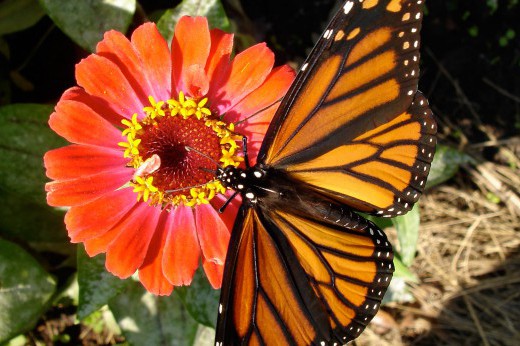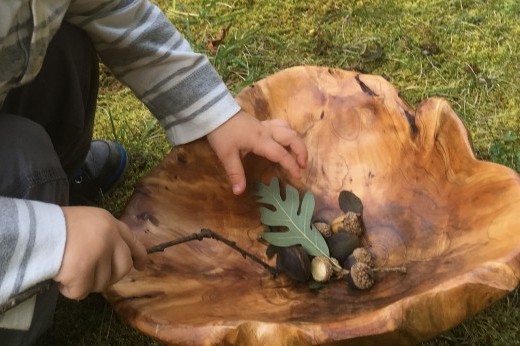After a plant makes seeds, those seeds must get to a place where they have enough space, water, and growing medium in order to grow into a new plant. Some seeds are lightweight and can travel by wind. Others float through the water. But many plants use animals to disperse their seeds far and wide. Plants that use animals for seed dispersal usually do so in one of three ways:

Hitchhikers
Some plants, like burdock, have little dry fruits or flower heads with prickly hooks that stick to an animal’s fur or feathers like Velcro. These burrs sometimes stick to your clothes, too, and hitch a ride that way.
Super Poopers
Many seeds are dispersed via fruits like raspberries or cherries that animals eat. In some cases, the animal eats the whole fruit, including the seeds. The seed passes through the digestive system of the animal and comes out the other end. The seed then gets dropped off with some fertilizer! Some fruits have large seeds that animals do not swallow. In these cases, the animal eats the fruit and leaves the seed behind.
Collectors
Some animals, like squirrels, have a habit of burying and storing nuts or other fruits. They forget about some of their buried fruits, and the forgotten fruits have a chance to germinate.
Neighborhood Seed Hunt
You will need:
- Paper bag for seed collecting
- Construction paper or card stock
- Glue
- Pen
What to do:
Take a walk through a local park, garden, or just around the block. You’ll be surprised how many seeds you can find! The best time to look for seeds outside is in summer or early fall—after most plants have finished flowering. Collect the seeds you find in a paper bag to take home.
Organize and separate your collection by size, shape, or color. How do you think each seed was able to move around? What were your clues? Use a field guide to identify the seeds you have. Glue them to the sheet of paper and label them. You’ve created a scientific seed collection!
Help foster a sense of delight and curiosity about plants and the natural world with projects created by Brooklyn Botanic Garden’s Education team. This project is one in a series. It originally appeared in Gardening With Children (Brooklyn Botanic Garden, 2007).



